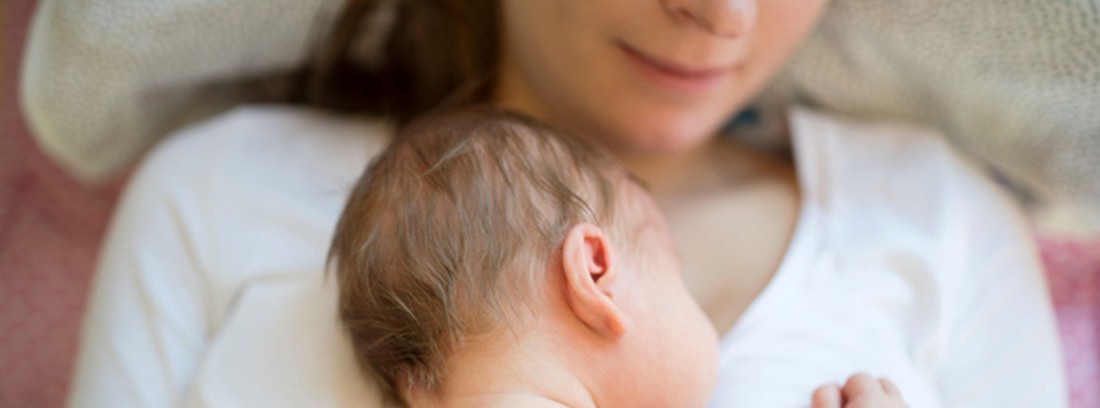Breast functions
 | The mammary glands play a key role in human reproduction. Discover its development and main missions.
| The mammary glands play a key role in human reproduction. Discover its development and main missions.
The main function of the mammary gland is to produce milk to feed the child after birth.
For this, its development begins with the identification of the mammary buds in the skin of the fetus and the formation of a fat pad in the subcutaneous tissue with an extension of ducts, branches and canalizations until form the mammary ductal system rudimentary present in the newborn. On some occasions the newborn may have a low milk production due to the influence of maternal prolactin.
Mammary gland development during puberty
In the prepubertal stage, the mammary vesicles transform into ducts, without identifying the alveoli.
During puberty with the onset of the functioning of the hypothalamic-pituitary-ovarian axis the hormonal production that produces the thelarchy begins, that is to say, the beginning of the mammary maturation. estrogens cause an increase in the mammary ducts and progesterone an increase in volume and the appearance of mammary acini. Those of menstrual cycles allow continuous breast development during adulthood.
Function of the mammary glands in pregnancy
In pregnancy and due to the action of the secreted hormones, there is an increase in the ducts and acini from the 5-8 week of gestation. In addition, there is an increase in vascularization and superficial venous dilation and hyperpigmentation of the areola and nipple. In the first half of gestation, the duct system increases and new acini form. In the second half of gestation, secretory activity begins and is responsible for the increase in breast volume after 20 weeks of pregnancy.
At 2-4 days postpartum, the breasts become engorged due to the increased secretion in them. Lactogenesis begins after parturition, that is, the secretion of milk, stimulated by the prolactin production in the pituitary. The production speed in the different alveoli means that the milk is produced continuously. The prolactin-releasing reflex is produced by the areola-nipple stimulus, which through a neurohormonal reflex allows the release of prolactin that will stimulate milk production at the level of the mammary alveolar cells. An adequate suction stimulus is needed for.
The milk from the alveoli does not flow spontaneously to the ducts but requires the ejecta reflex. The myoepithelial fibers of the alveoli contract in response to released oxytocin through the pituitary and evacuate the milk into the ducts. The stimulus to the release of oxytocin is basically the mechanical stimuli of the areola-nipple complex but it is also released by visual, auditory or olfactory stimuli. Oxytocin is the hormone of galactopoiesis, that is, the maintenance of lactation.
(Updated at Apr 14 / 2024)